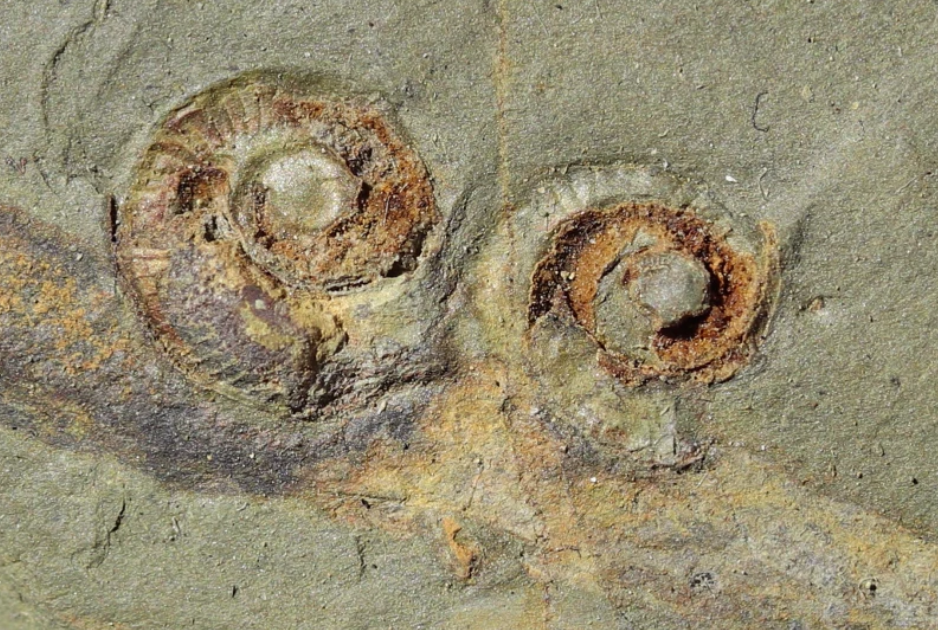470 million years ago, coral reefs began to cover the ocean floor, the earliest plants started to prosper, and volcanoes created fiery explosions all around the world. Eons before dinosaurs, arthropods (a type of organism with no bones) crawled the Earth. Hundreds of millions of years later, these organisms’ fossils were found in Montagne Noire, France, by Eric Monceret and Sylvie Monceret-Goujon.
Evidence of early creatures from the Ordovician period was uncovered in France. The Ordovician period was a 42 million-year period of time known for its advanced marine life and major climate changes on the Earth. The findings were published in an article titled “The Cabrières Biota (France) Provides Insights into Ordovician Polar Ecosystems”, on February 9, 2024.
The fossils were found incredibly well-preserved. They include many hard-shell animals, which fossilize relatively easily. Soft tissues, such as internal organs, were also dug up. Soft-tissue fossils are incredibly rare because they typically decay faster than bone or other hard materials.
The amount of fossils found in the region is also impressive. Nearly 400 fossils were found by amateur paleontologists. Skeletons and other remains rarely fossilize. Soft tissue takes an even greater effort to preserve. Sediment like sand or lava needs to cover the remains quickly after death to preserve the bones or organs. Remains either decompose, erode, or are eaten by animals soon after the organism dies. These conditions make so many fossils harder to find, let alone all in the same area.
The findings show discoveries of polar regions during the Ordovician period. These critters once thrived close to the South Pole. Millipedes, shrimp, and cnidarians were found in the area. A cnidarian is a term for an animal that consists of coral, jellyfish, and other organisms much like them.
The dissimilarity in the organisms also indicates the discovery site was a haven for creatures at the time. In areas north of the site, underwater volcanic activity was prominent. It was too hot for most life to exist comfortably in places near the volcanoes. Farid Saleh, a researcher at the University of Lausanne, and author of a study performed on the Cabrières Biota, states, “At this time of intense global warming, animals were indeed living in high latitude [farther from the equator] refugia, escaping extreme equatorial temperatures.”
The fossils are still being analyzed in labs across France, but are already making contributions towards helping scientists understand how Earth looked millions of years ago. The discovery has also started multiple other large-scale excavations. The goal of the paleontologists who are analyzing the fossils is to understand how these organisms lived and interacted with the world.
Sources:
https://greekreporter.com/2024/02/13/470-million-year-old-fossil-site-uncovered-france/
https://www.nature.com/articles/s41559-024-02331-w
https://www.britannica.com/science/Ordovician-Period/Paleoclimate#ref258447























